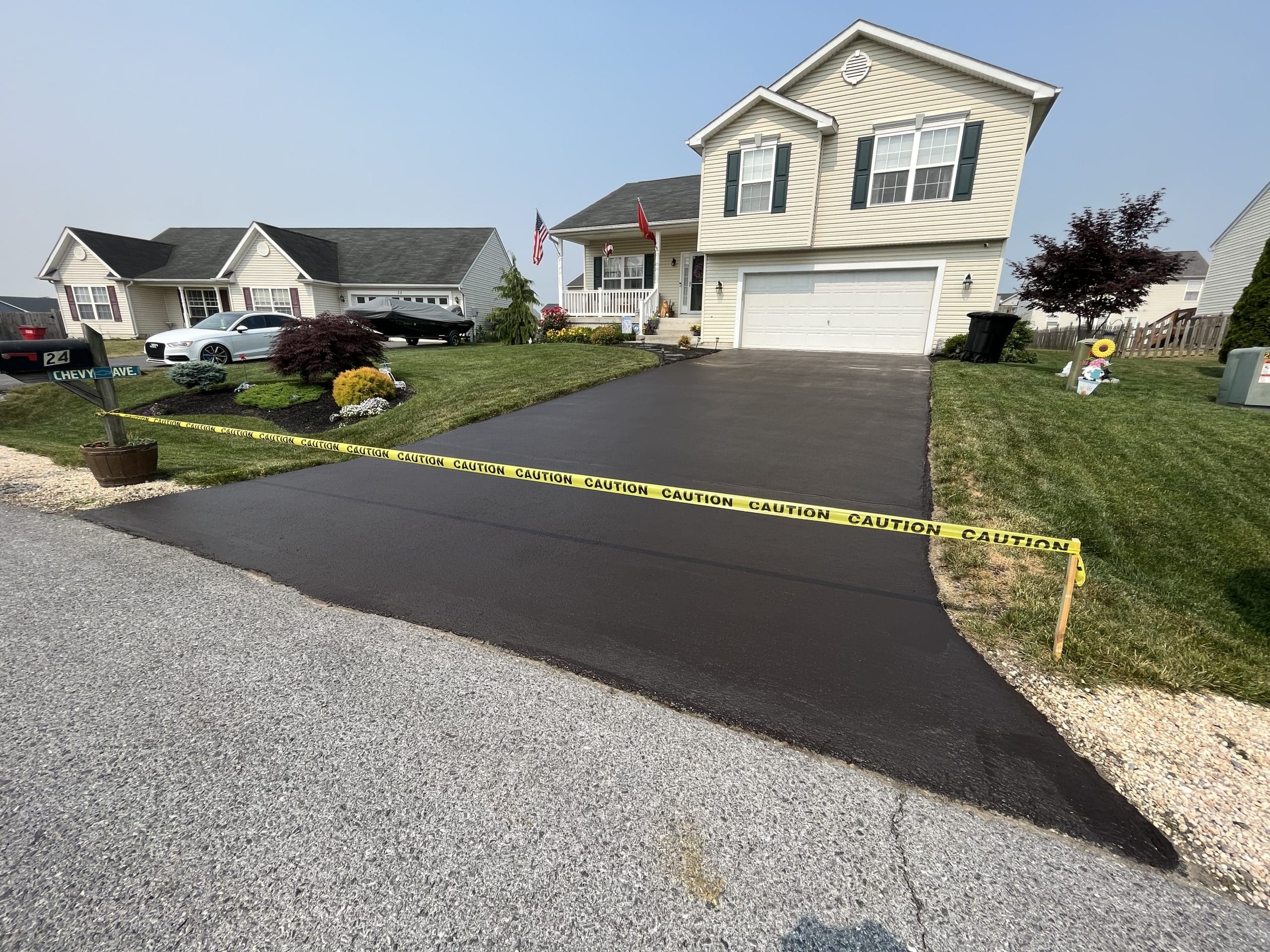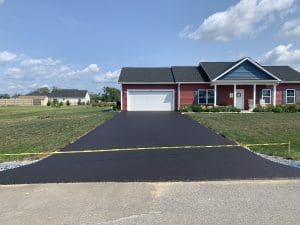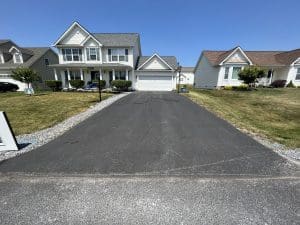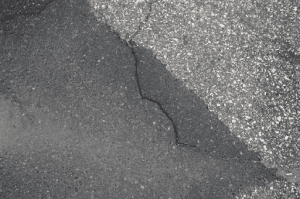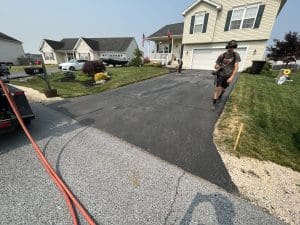Choosing the Right Time for Sealcoating With Top Gun Sealcoating
Asphalt surfaces require consistent maintenance to stay in top condition, and sealcoating is a crucial aspect of that upkeep. It acts as a protective shield against weather, chemicals, and everyday wear and tear. At Top Gun Sealcoating, we understand the importance of choosing the right time for sealcoating . In this comprehensive guide, we delve into the significance of selecting the perfect time for sealcoating and emphasize the crucial role that weather conditions play in this process.
The Essence of Timing in Sealcoating When it comes to sealcoating, timing is of the essence. Optimal application timing ensures that the sealant bonds effectively to the asphalt surface, creating a durable barrier that extends the life of your pavement. Weather conditions contribute substantially to achieving these desired outcomes.
Weather’s Impact on Sealcoating The prevailing weather conditions during sealcoating significantly influence the project’s outcome. Elements like temperature, humidity, and precipitation levels all affect how the sealant dries and cures. Understanding these factors is key to achieving a successful sealcoating endeavor.
Temperature’s Role in Sealcoating Temperature is a vital factor in sealcoating. If temperatures are too low, the sealant may not cure properly, leading to inadequate adhesion with the asphalt surface. Conversely, overly high temperatures can cause the sealant to dry too quickly, resulting in uneven application and reduced effectiveness. For the best results, aim for temperatures exceeding 50°F (10°C).
Humidity’s Contribution Humidity levels also impact the sealcoating process. High humidity can delay sealant drying, making it susceptible to damage from foot traffic or rain. Lower humidity levels facilitate efficient drying and curing, ensuring a robust protective layer.
Precipitation’s Role Consider precipitation when scheduling sealcoating. Rain or moisture can interfere with proper bonding between the sealant and asphalt surface. Dry weather for at least 24 to 48 hours after application is crucial to foster proper bonding and prevent damage.
Ideal Conditions for Optimal Sealcoating Top Gun Sealcoating recommends scheduling sealcoating during temperatures exceeding 50°F (10°C) and with low humidity. These conditions facilitate the best drying and curing of the sealant. Additionally, ensure at least 24 to 48 hours of dry weather post-application to guarantee proper bonding and protection.
Strategic Planning for Weather-aligned Sealcoating When planning your sealcoating project, align your schedule with favorable weather conditions. This approach ensures that your sealcoating endeavors yield optimal results, maximizing the benefits for your pavement.
Furthermore, remember that sealcoating timing is also contingent on your pavement’s condition. Address any cracks or potholes before applying the sealant to create a smooth surface for optimal adhesion, enhancing the sealant’s effectiveness and longevity.
By grasping the importance of timing and considering weather conditions, you’re well on your way to a successful, long-lasting sealcoating venture. A meticulous approach to planning and scheduling ensures your asphalt pavement enjoys robust protection and durability.
Key Factors for Scheduling Sealcoating Scheduling sealcoating involves careful consideration of various factors to ensure a successful outcome.
Sealcoating’s Role in Pavement Maintenance Sealcoating plays a pivotal role in preserving pavement longevity and aesthetics. It shields surfaces from UV rays, water, and chemicals. However, achieving optimal results requires factoring in elements that impact the sealcoating process.
Temperature’s Influence on Sealcoating Temperature is a critical element in sealcoating success. Choosing the right temperature conditions for sealant application is essential for durable, enduring results. Aim for temperatures above 50°F (10°C) that are consistently rising 24 hours before and after application.
The Challenge of Cold Weather Sealcoating in cold weather presents challenges. Cold temperatures slow curing, prolonging drying time. If temperatures drop below freezing, the sealant may become brittle, leading to cracks. To ensure quality results, avoid sealcoating when temperatures are below 50°F (10°C).
Humidity’s Impact Humidity significantly affects the sealcoating process. Scheduling during periods of low humidity ensures proper curing, preventing surface vulnerability and weakening of the bond.
Expert Tips for Successful Sealcoating Across Weather Conditions Though weather isn’t always ideal, strategies can enhance outcomes.
Adapting to Weather Changes Unforeseen weather changes are possible, so stay updated on accurate forecasts and reschedule if adverse conditions are anticipated.
Optimal Planning Plan sealcoating projects during seasons or months with consistent weather patterns to increase chances of favorable conditions. Thoughtful scheduling can mitigate potential issues.
FAQs: Weather and Sealcoating Can Sealcoating Be Done in the Rain? Sealcoating during rainy periods is discouraged. Rain interferes with proper adhesion, rendering sealcoating ineffective. Reschedule if rain is forecasted within 24 to 48 hours.
What’s the Ideal Temperature for Sealcoating? Temperatures above 50°F (10°C) are optimal. Warmer temperatures aid proper curing and adhesion. Avoid temperatures below 50°F (10°C) for best results.
In summary, choosing the right sealcoating timing is pivotal for success. Weather conditions—temperature, humidity, and precipitation—greatly influence outcomes. By factoring in these elements and adhering to recommended guidelines, you ensure your asphalt surfaces benefit from effective and enduring sealcoating.
